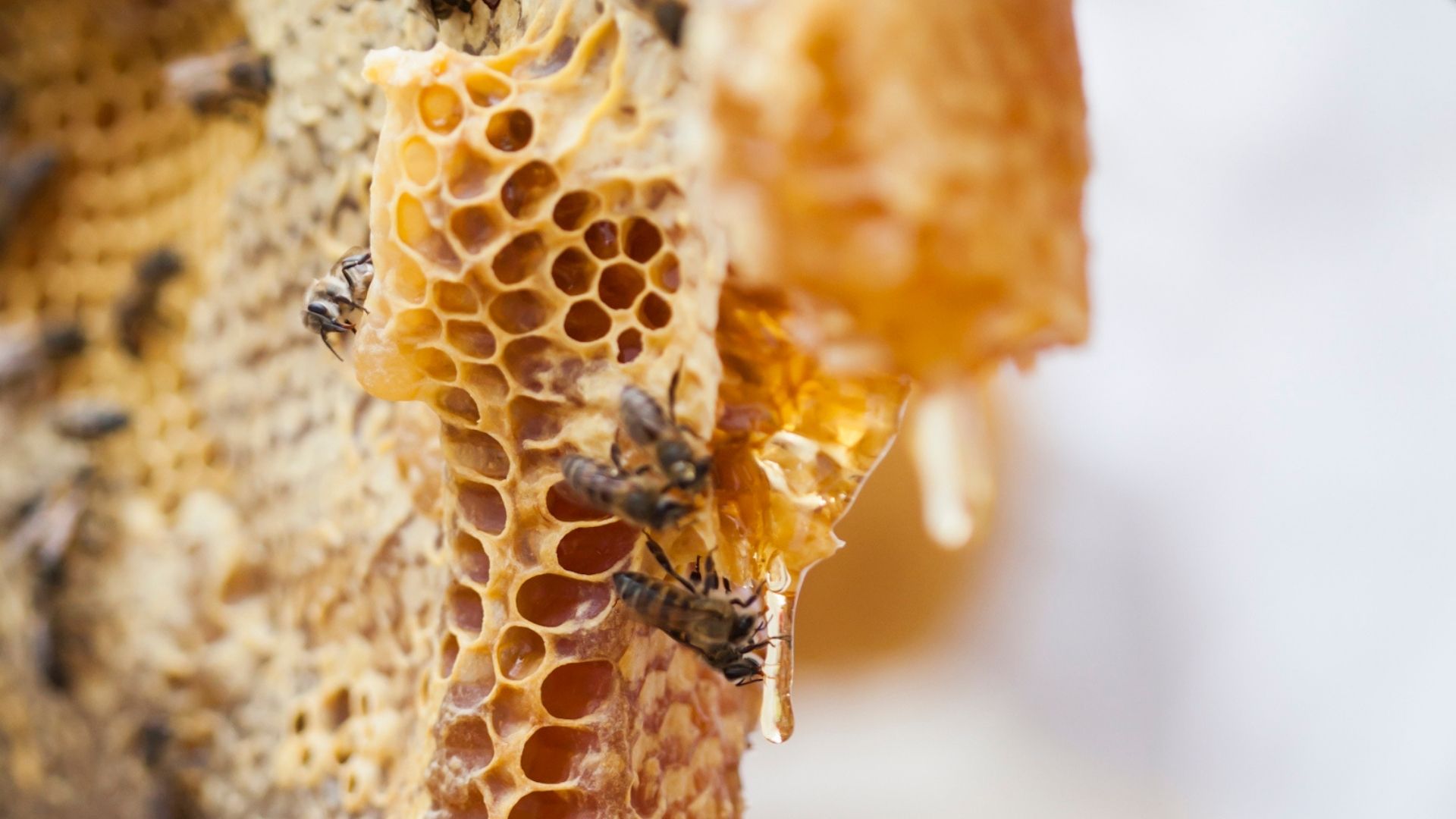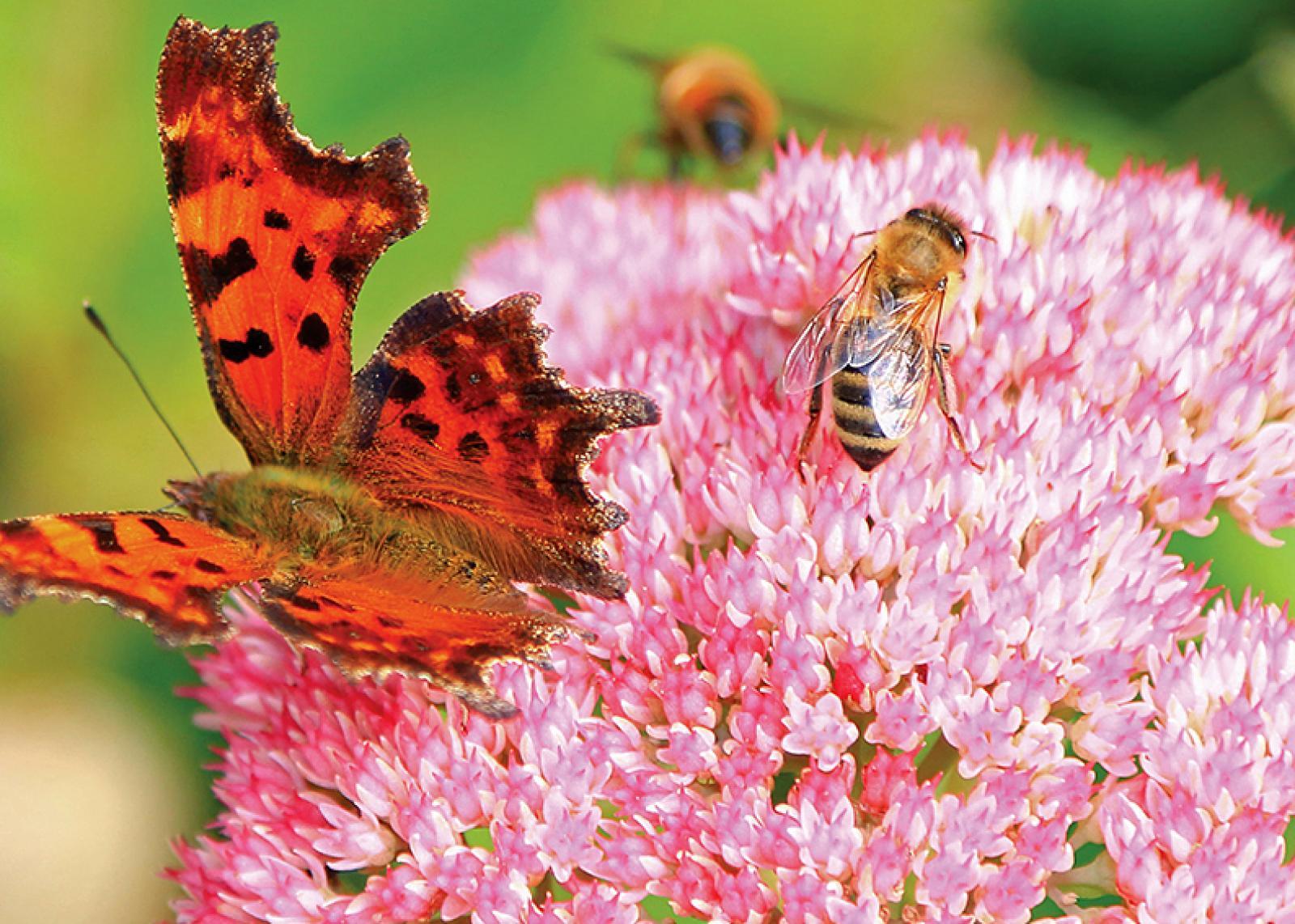How to Create a Bee-Friendly Garden at Home

Imagine stepping into your garden, the sun warming your face, and the gentle hum of bees filling the air. This isn't just a pleasant scene; it's a sign of a thriving ecosystem. Bees are the unsung heroes of our environment, pollinating a significant portion of the world's food crops. But they're in trouble, with populations declining due to habitat loss, disease, and pesticides. The good news? You can make a difference by creating a bee-friendly garden at home. Let's dive in and explore how you can transform your outdoor space into a pollinator paradise.
Understanding the Importance of Bee Conservation
Before we roll up our sleeves and get into the gardening, let's understand why bee conservation is so crucial. Bees are responsible for pollinating about one-third of the world's food crops and 90% of wild plants. Without them, our diets would be severely limited, and our ecosystems would suffer. By creating a bee-friendly garden, you're not just beautifying your home; you're contributing to a vital cause.
Designing Your Bee-Friendly Garden
Choosing the Right Plants
The first step in creating a bee-friendly garden is selecting the right plants. Bees are attracted to flowers that are rich in nectar and pollen. Native plants are often the best choice because they have evolved alongside local bee species and provide the specific nutrients they need.

Consider plants like coneflowers, asters, and milkweed, which are not only beautiful but also highly attractive to bees. Don't forget to include a variety of flower shapes and sizes to cater to different bee species. For example, long-tongued bees prefer tubular flowers, while short-tongued bees prefer open, flat flowers.
Planning for Year-Round Blooms
Bees need food throughout their active season, so aim for a garden that blooms from early spring to late fall. Early-blooming plants like crocuses and daffodils can provide much-needed sustenance for bees emerging from hibernation. Late-blooming plants like goldenrod and aster can help bees prepare for winter.
Creating a Bee Habitat
A bee-friendly garden isn't just about food; it's also about providing a safe and comfortable habitat. Many bee species are solitary and nest in the ground or in small cavities. You can create nesting sites by leaving patches of bare soil or installing bee houses.

Additionally, bees need a source of water. A shallow birdbath or a small dish filled with water and pebbles can provide a safe drinking spot for bees.
Sustainable Gardening Practices
Avoiding Pesticides
Pesticides are one of the biggest threats to bee populations. Even small amounts can be harmful, so it's best to avoid them altogether. Instead, opt for natural pest control methods like companion planting, beneficial insects, and physical barriers.
Promoting Biodiversity
A diverse garden is a healthy garden. By planting a variety of native plants, you can attract a wide range of pollinators and beneficial insects. This not only helps the bees but also creates a more resilient and self-sustaining ecosystem.
Maintaining Your Garden
Regular maintenance is key to keeping your bee-friendly garden thriving. This includes tasks like weeding, pruning, and watering. However, it's important to strike a balance between tidiness and naturalness. Leave some areas wild to provide habitat for bees and other wildlife.
Additional Resources
For more information on creating a bee-friendly garden, check out these resources:
- The Xerces Society: A nonprofit organization dedicated to invertebrate conservation, with extensive resources on pollinator-friendly gardening.
- The Pollinator Partnership: An organization focused on protecting pollinators and their habitats, with guides and planting resources.
Conclusion
Creating a bee-friendly garden at home is more than just a hobby; it's a meaningful contribution to bee conservation. By choosing the right plants, providing a safe habitat, and practicing sustainable gardening, you can transform your outdoor space into a sanctuary for these vital pollinators. So, why not start today? Every flower you plant is a step towards a healthier, more vibrant ecosystem.
FAQs
What are the best plants for a bee-friendly garden?
- Native plants like coneflowers, asters, and milkweed are excellent choices. Aim for a variety of flower shapes and sizes to cater to different bee species.
How can I provide water for bees in my garden?
- A shallow birdbath or a small dish filled with water and pebbles can provide a safe drinking spot for bees.
Should I use pesticides in my bee-friendly garden?
- No, pesticides are harmful to bees. Opt for natural pest control methods instead.
How can I create nesting sites for bees?
- Leave patches of bare soil or install bee houses to provide nesting sites for solitary bee species.
Why is it important to have year-round blooms in my garden?
- Bees need food throughout their active season. Early-blooming plants can provide sustenance for bees emerging from hibernation, while late-blooming plants can help bees prepare for winter.
0 Response to "How to Create a Bee-Friendly Garden at Home"
Post a Comment